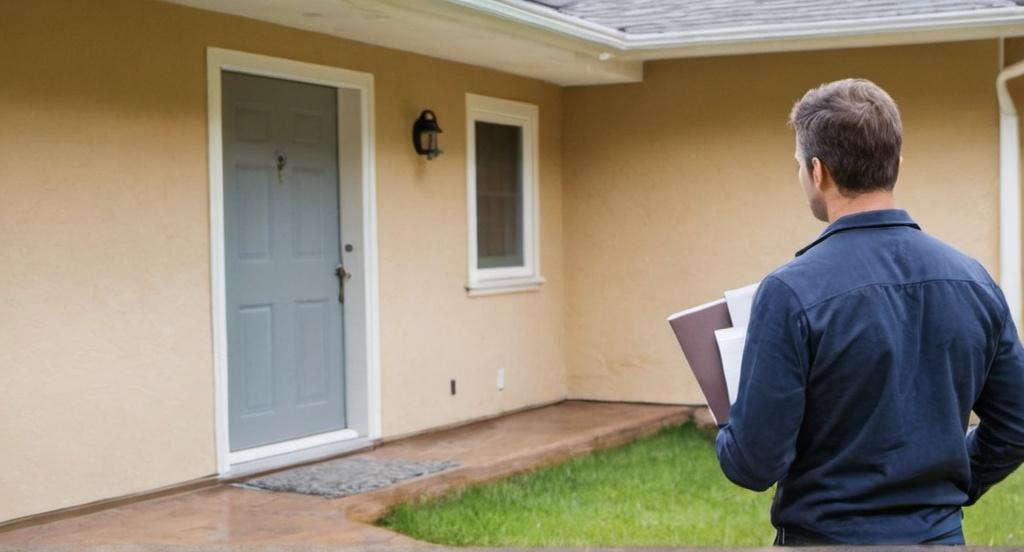Key Take Aways about Flipping Properties
- Flipping involves buying low, renovating, and selling high.
- Understanding market timing and strategies is crucial.
- Location is key; research neighborhoods thoroughly.
- Accurate cost calculation is essential; follow the 70% rule.
- Consider professional help for renovations to save time and costs.
- Avoid over-improving properties relative to the neighborhood.
- Set realistic timelines to manage holding costs.
- Strategic pricing and marketing are crucial when selling.
- Negotiate offers wisely, considering contingencies and closing times.
- Flipping requires market knowledge, financial skills, and hard work.

Introduction to Property Flipping
Flipping properties isn’t just a trend; it’s practically a perennial part of real estate. It’s buying a house, sprucing it up, and flipping it for profit. Sounds simple, right? Well, it’s not all sunshine and rainbows. There’re risks and rewards, and everything in between. Let’s say you’ve got a property you’re eager to flip — what should you be doing right off the bat? Understanding market conditions and financial calculations are crucial, but so is avoiding the common pitfalls that can turn your flip into a flop.
The Basics of Flipping
At its heart, flipping is about timing and strategy. Buying low — typically homes in need of some TLC — and selling high after renovations is the goal. Timing the market can make or break a flip; buy when prices are low and demand is high. But remember, flipping isn’t a get-rich-quick scheme. It takes research, patience, and a solid plan.
Why Location Matters
Location isn’t just a buzzword in real estate; it’s your bread and butter. Properties in up-and-coming neighborhoods or those close to schools and amenities often fetch higher prices. But don’t be fooled by the first “hot” neighborhood you hear about. Do your homework, talk to people, and get a feel for the area. Online tools can help, but nothing beats old-fashioned legwork.
Calculating Costs
You can’t just wing it when it comes to finances. Whether it’s the cost of the property, renovation expenses, or the unexpected surprise of termites in the walls, you’ve got to have a clear budget. Underestimating these costs is a rookie mistake. That’s where the 70% rule comes into play — never pay more than 70% of the property’s after-repair value minus repair costs. It might not be foolproof, but it’s a good rule of thumb.
Renovation Realities
Renovating might sound fun if you’re into DIY shows, but real-life renovations are a different beast. You’ll need to decide whether you’ll be swinging the hammer yourself or hiring professionals. Hiring pros might cost more upfront, but it often saves money in the long run.
Setting Realistic Timelines
Time is money, especially when it comes to holding costs like mortgage payments. Rushing things might end up costing more in fixing mistakes. It’s a fine line between fast and efficient, and mud wrestling with project delays can be frustratingly common.
Avoiding Over-improvements
Spending too much on luxury upgrades in a mid-range neighborhood is like putting lipstick on a pig. Sure, it might look prettier, but you’re unlikely to recover those costs. Focus on necessary repairs and improvements that add real value.
Selling: The End Game
Once renovations are done, it’s time to sell. Pricing strategically is key. Aim too high, and your property might stagnate on the market. Too low, and you leave money on the table. Working with a real estate agent can help, but so can getting a sense of comparable sales in the area.
Marketing Strategy
Good photos, a killer listing description, and maybe even an open house can help your property stand out. It’s not just about selling a house; you’re selling a dream home to future buyers.
Negotiations and Closing
Once offers start rolling in, it’s time to negotiate. Not all offers are created equal, and the highest offer isn’t always the best. Contingencies and closing times matter too. A less-than-stellar offer with fewer contingencies might be better than one loaded with conditions.
Success Stories and Lessons Learned
Let’s not kid ourselves; flipping isn’t for the faint of heart. But when done well, it can be rewarding. Remember Jane who flipped a 90s ranch house? She made a cool $50,000, but not without navigating issues with foundation repairs and market slowdowns. Real stories like Jane’s underscore the importance of preparation and flexibility.
Conclusion
In the end, property flipping requires a blend of savvy market knowledge, financial acumen, and a dash of sweat equity. It’s not for everyone, and it isn’t always a fairy tale. But for those who do it right, the potential rewards can outweigh the risks. It’s a field where fortunes are made, lessons are learned, and every nail hammered is a step closer to the next great flip.